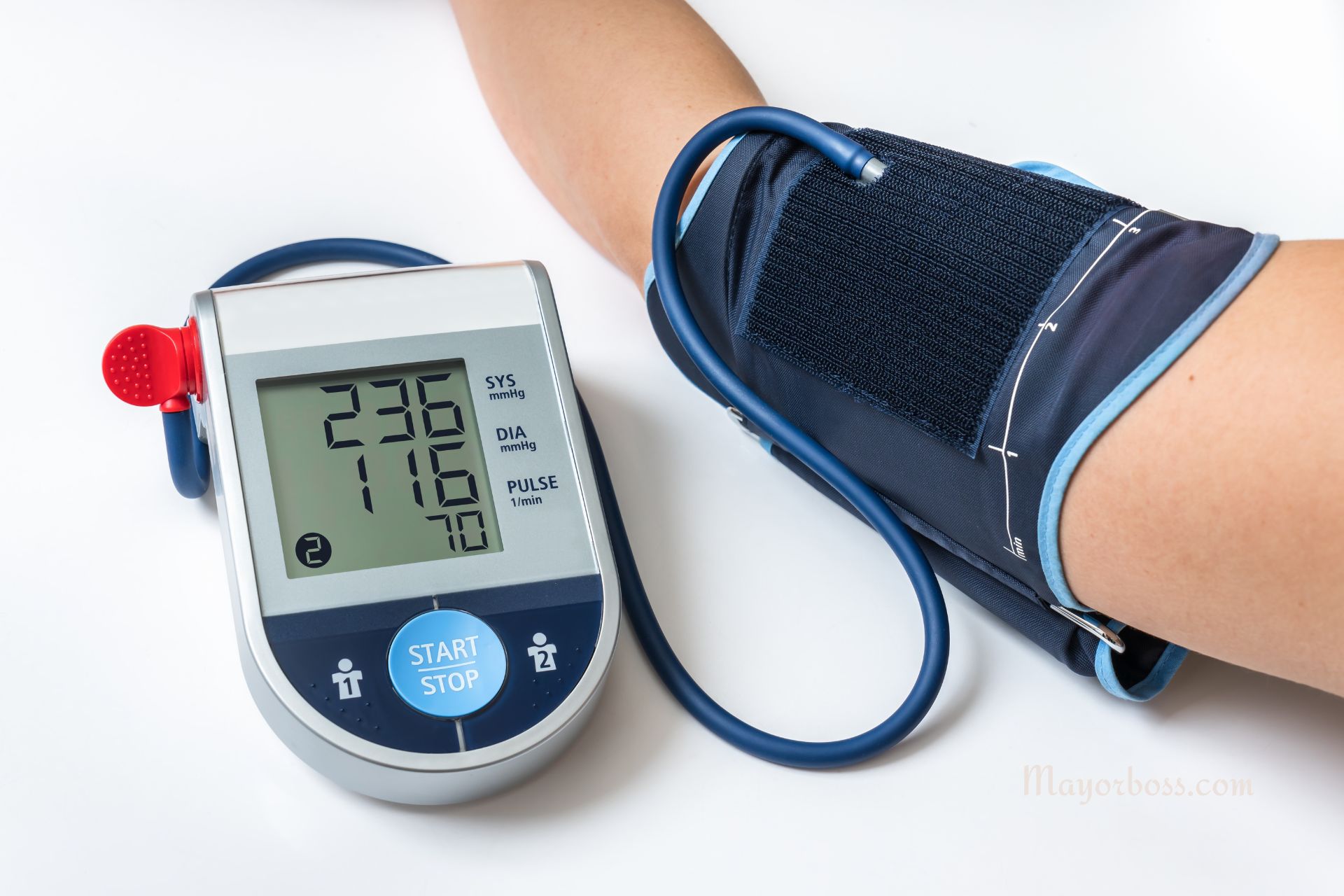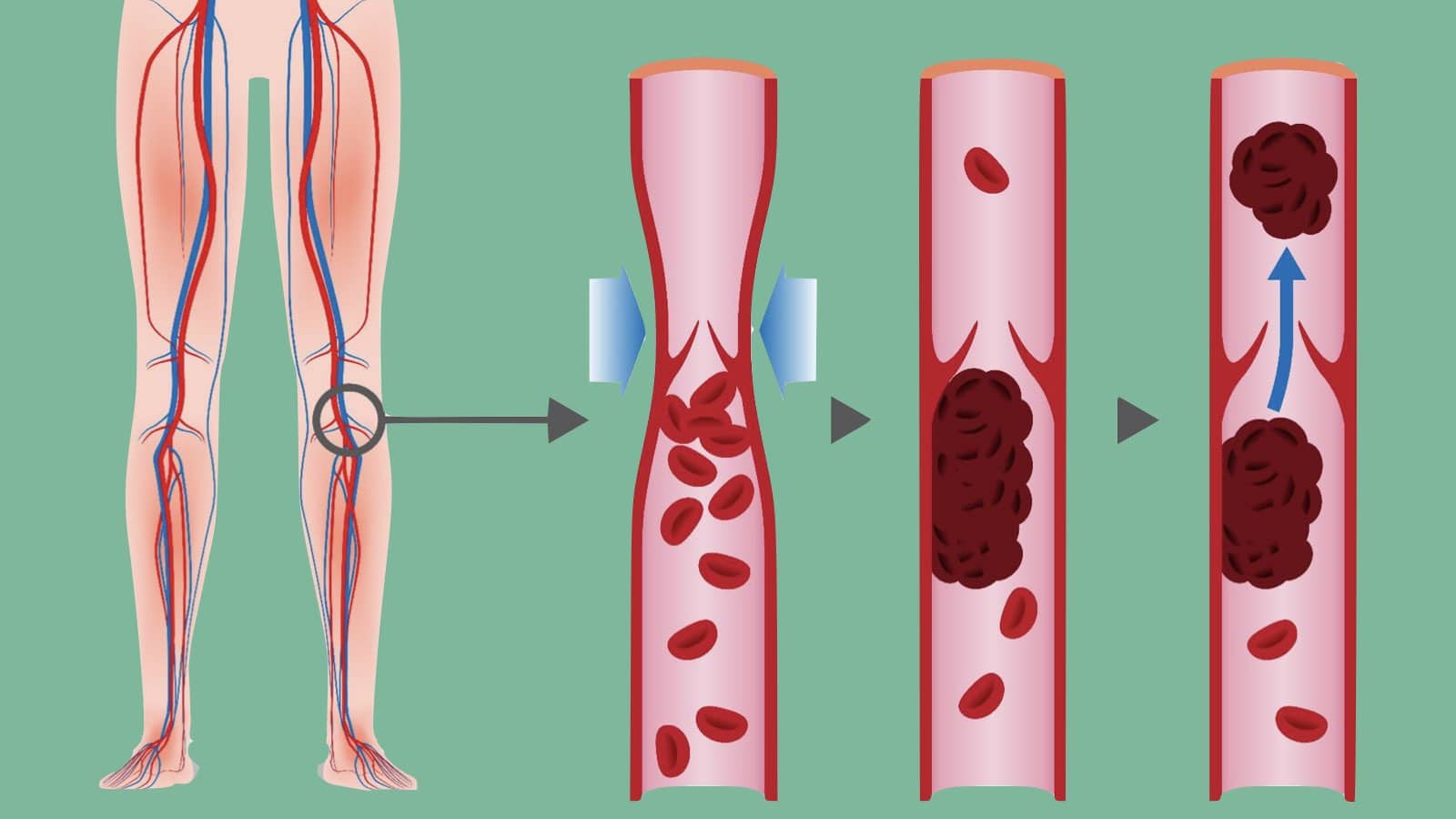What Are The Symptoms of Pelvic Inflammatory Disease (PID)?
Pelvic Inflammatory Disease, often referred to as PID, is a prevalent health concern for many women worldwide. But what is it exactly? And more importantly, what symptoms should you look out for? Let’s take a deep dive into this subject to better understand this condition and its potential impact on your health. Before we discuss the symptoms of PID, let’s first understand what it is.
What is Pelvic Inflammatory Disease (PID)?
Put simply, PID is an infection that primarily affects women’s reproductive organs. Generally, it’s usually caused by a sexually transmitted infection (STI) such as chlamydia or gonorrhea. However, other sources of infection, including normal vaginal bacteria, can also lead to PID.
If left untreated, PID can particularly cause extreme damage to the fallopian tubes, uterus, ovaries, or other parts of the woman’s reproductive system and is one of the ultimate causes of preventable infertility in women.
According to the CDC, out of every eight women who have had PID in the past, 1 of them may have trouble becoming pregnant. This means if you know eight women who have had PID, on average, 1 of them might struggle to have a baby because of their past infection.
Symptoms of Pelvic Inflammatory Disease
Pelvic Inflammatory Disease can manifest itself in various ways, and symptoms can range from mild to severe. It’s possible that some women may not experience symptoms at all. However, if you do notice signs, they may include:
- Abdominal or pelvic pain: This is the most common symptom of PID. The pain can range from mild to severe and is usually described as a constant dull ache or a deep, sharp pain or cramp. It is located in the lower abdomen and pelvis area.
- Irregular menstrual bleeding: This can include heavier periods, spotting (light bleeding between periods), or bleeding after sexual intercourse.
- Unusual or heavy vaginal discharge: You may notice an increase in discharge, or it might have an unusual color or foul smell.
- Pain during intercourse: This is also known as dyspareunia. Some women with PID experience discomfort or pain during sexual intercourse.
- Fever and chills: As with many other infections, PID can cause an elevated body temperature, often accompanied by chills.
- Painful urination: Known as dysuria, this involves experiencing pain or a burning sensation while urinating.
- Nausea or vomiting: Some women may experience gastrointestinal symptoms with PID.
- Fatigue: You may feel unusually tired or lack energy.
If you notice any of these symptoms, it’s crucial to seek medical attention immediately. While some symptoms may seem mild, PID can cause severe complications if left untreated.
Complications of Pelvic Inflammatory Disease
Understanding the potential complications of PID is critical. If you don’t seek appropriate treatment, you may face a number of health risks, such as:
- Chronic pelvic pain: Long-term inflammation can result in persistent pelvic pain that can last for months or even years.
- Infertility: PID can cause damage to the fallopian tubes, leading to blockages. This can make it difficult for an egg to be fertilized or to reach the uterus, leading to infertility.
- Ectopic pregnancy: Scarring from PID can prevent a fertilized egg from reaching the uterus, causing it to grow in the fallopian tube instead. This is actually a medical emergency and requires immediate attention.
- Tubo-ovarian abscess: This is a severe form of PID where an abscess (a pus-filled mass) forms in the fallopian tube and ovary. This can be life-threatening if the abscess ruptures.
When to Seek Medical Attention
If you experience any symptoms of PID or if you believe you may have been exposed to a sexually transmitted infection, it’s crucial to see a healthcare professional as soon as possible. The good news is that early diagnosis and treatment can help prevent the severe complications of PID.
Prevention of Pelvic Inflammatory Disease
Preventing PID begins with protecting yourself against sexually transmitted infections. Here are some steps you can take:
- Practice safe sex: Use condoms consistently and correctly. This will significantly reduce the chance of STI transmission.
- Regular STI screening: If you are sexually active, regular STI screenings can help detect infections early before they lead to PID.
- Communicate with your partner: Have an open and honest conversation with your partner about STIs and the importance of getting tested.
Remember, if you’re experiencing any symptoms of PID, you should seek medical attention immediately. It’s essential to take this condition seriously, as it can lead to severe complications if left untreated.






